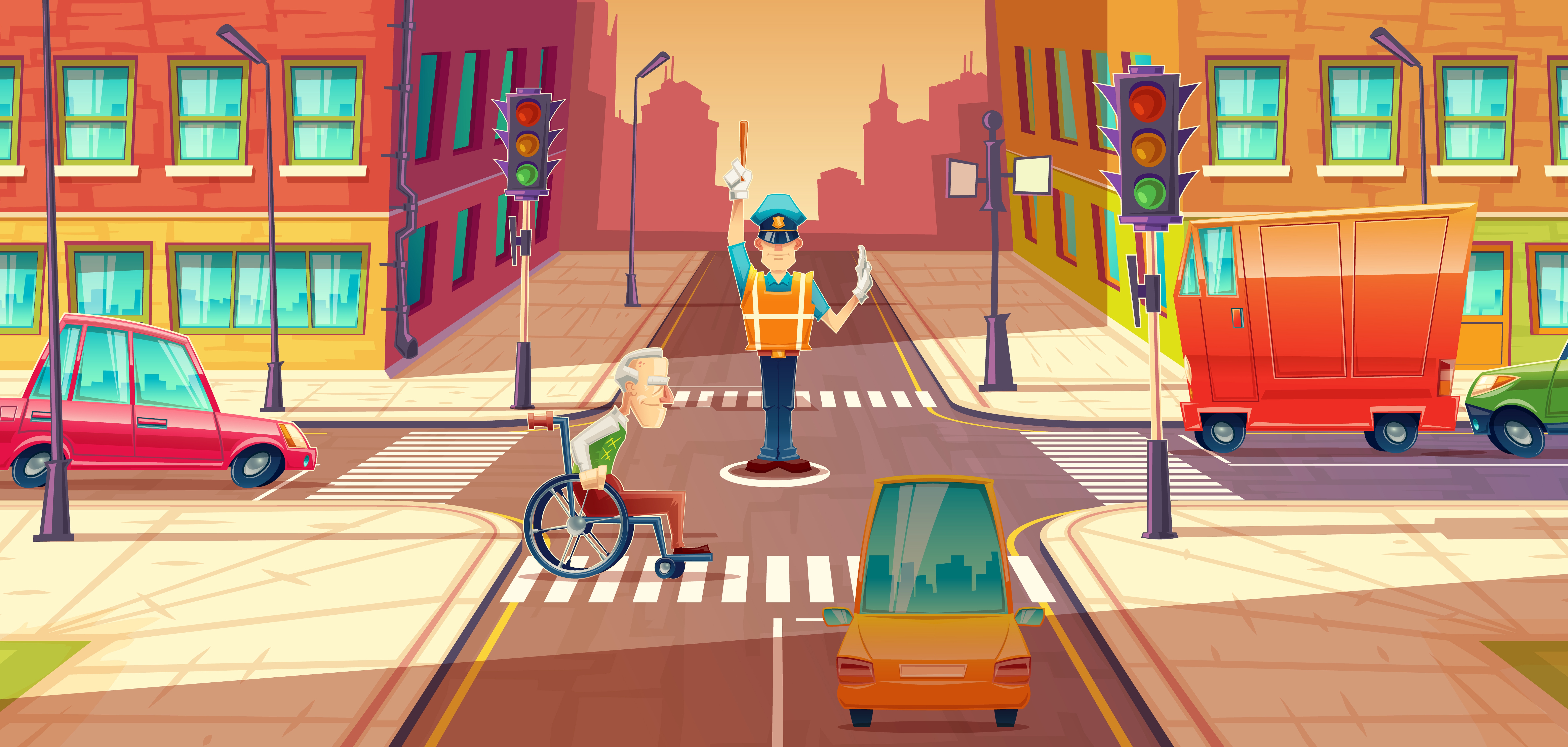Essential Road Rules for TAS Learners Practice Test - Australia
 syed banu
syed banu
How to Drive Safely Around Bicycles and Pedestrians:
Essential Road Rules in Australia
Driving safely around bicycles and pedestrians is a critical skill for all drivers. Sharing the road requires awareness, patience, and adherence to rules designed to protect all road users. Understanding these rules is essential whether you're preparing for your driving test or looking to refresh your knowledge. In this article, we'll explore how to drive safely around bicycles and pedestrians in Australia, focusing on key points from the road rules manual. We'll also highlight how the TAS Learners Practice Test and the Learners Practice Test in Tasmania can help you master these essential skills.
Understanding the Importance of Sharing the Road
Sharing the road with bicycles and pedestrians is not just a legal but also it's an essential aspect of road safety. Cyclists and pedestrians are more vulnerable in traffic, and drivers must be alert and take extra care to ensure their safety.
Key Road Rules for Driving Around Bicycles
1. Maintain a Safe Distance
Minimum Distance: When passing a cyclist, you must drive by maintaining a minimum distance of 1 meter in areas with speeds up to 60 km/h and 1.5 meters in areas exceeding 60 km/h.
Wait to Pass: If you cannot safely pass within the required distance, wait until it is safe.
2. Overtaking Bicycles
Slow Down: Reduce your speed before overtaking a bicycle, and pass slowly and smoothly.
Check for Cyclists: Always check for cyclists before opening your car door or changing lanes.
3. Turning and Lane Changes
Signal Early: Signal your intentions early to give cyclists enough time to react.
Check Blind Spots: Always check for cyclists in your blind spots before and after making a turn or changing lanes.
4. Roundabouts and Intersections
Give Way: Yield to cyclists already in the roundabout or intersection.
Be Predictable: Avoid sudden movements and maintain a steady speed to help cyclists anticipate your actions.
Key Road Rules for Driving Around Pedestrians
1. Pedestrian Crossings
Stop for Pedestrians: Always stop for pedestrians at pedestrian crossings and give way to those waiting to cross.
Approach Slowly: Reduce speed when approaching pedestrian crossings to allow for sudden stops.
2. School Zones
Observe Speed Limits: Adhere to reduced speed limits in school zones and be extra vigilant for children crossing the road.
No Overtaking: Do not overtake other vehicles in school zones, especially near crossings.
3. Footpaths and Driveways
Check for Pedestrians: Always check for pedestrians on the footpath before entering or exiting a driveway.
Yield to Pedestrians: Give way to pedestrians using the footpath or crossing your path.
Tips for Safe Driving Around Bicycles and Pedestrians
1. Stay Alert
Ignore Distractions: Keep your focus on the road and avoid using mobile or smart electronic devices like tablets, Music, or other distractions while driving.
Be Prepared: Anticipate the actions of cyclists and pedestrians, and be ready to stop or slow down if necessary.
2. Communicate Clearly
Use Signals: Signal your intentions to help cyclists and pedestrians understand your next move.
Eye Contact: Make eye contact with pedestrians at crossings to ensure they see you and know you're yielding.
3. Adjust for Conditions
Weather Conditions: When driving in unfavorable weather conditions, like rain or fog, it's crucial to slow down and increase your following distance. This simple action can help keep you and others safe on the road.
Night Driving: Use your headlights appropriately and watch for pedestrians and cyclists who may be harder to see at night.
Utilizing the TAS Learners Practice Test
The TAS Learners Practice Test is an excellent resource for mastering the rules of sharing the road with bicycles and pedestrians. Here's how it can help:
1. Realistic Practice
Scenario-Based Questions: The practice test includes questions that simulate real-life scenarios involving cyclists and pedestrians, helping you apply the rules in practical situations.
Interactive Learning: Engage with interactive questions that enhance your understanding of safe driving practices.
2. Comprehensive Coverage
Hints wise Explanations: Each question comes with hint explanations, helping you understand why specific rules are important and how to apply them.
Regular Updates: Stay informed of the latest road rules and guidelines relevant to Tasmania.
Importance of the Learners Practice Test in Tasmania
Using the Learner's practice test in Tasmania is crucial for several reasons:
1. Local Road Rules
Tasmania-Specific Content: The practice test covers road rules specific to Tasmania, ensuring you are well-prepared for the local driving environment.
Relevant Scenarios: Practice questions about sharing the road with cyclists and pedestrians in Tasmania's unique conditions.
2. Building Confidence
Frequent Practice: Regular practice helps build confidence in your ability to drive safely around bicycles and pedestrians.
Feedback and Improvement: Detailed feedback allows you to identify topics of improvement and focus your study efforts such topics.
Conclusion
Driving safely around bicycles and pedestrians is a crucial part of road safety in Australia. By understanding and adhering to the road rules, maintaining vigilance, and practicing regularly with resources like the TAS Learners Practice Test and the Learners practice test in Tasmania, you can ensure you're well-prepared to share the road responsibly. Remember, safe driving is a shared responsibility, and your efforts can significantly contribute to a safer driving environment for everyone. Happy and safe driving!
Subscribe to my newsletter
Read articles from syed banu directly inside your inbox. Subscribe to the newsletter, and don't miss out.
Written by

syed banu
syed banu
Get ready for your VicRoads Learners Permit test with hundreds of practice questions. Our practice tests mimic the realistic exam pattern, helping you prepare effectively and boost your chances of passing the VicRoads licence test on your first try.https://dkttest.com/vicroads/
